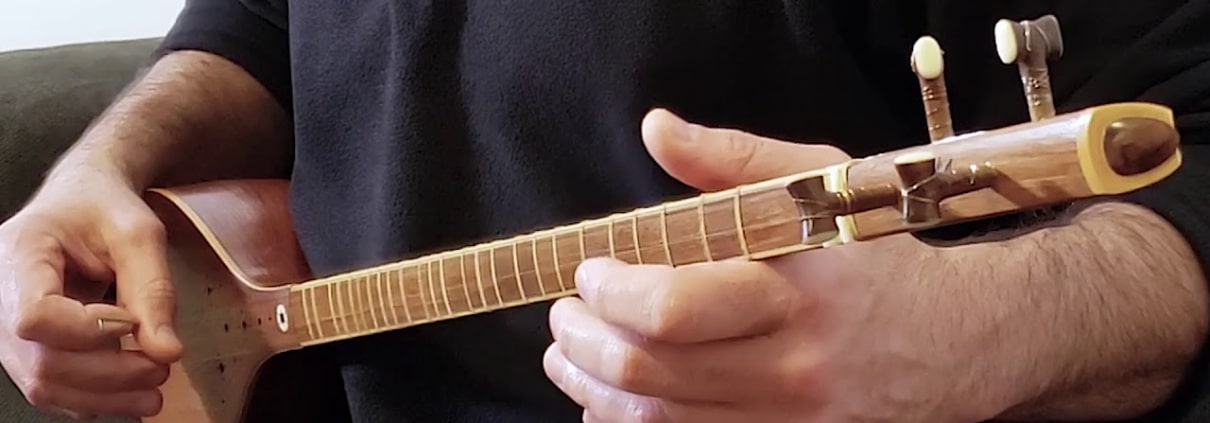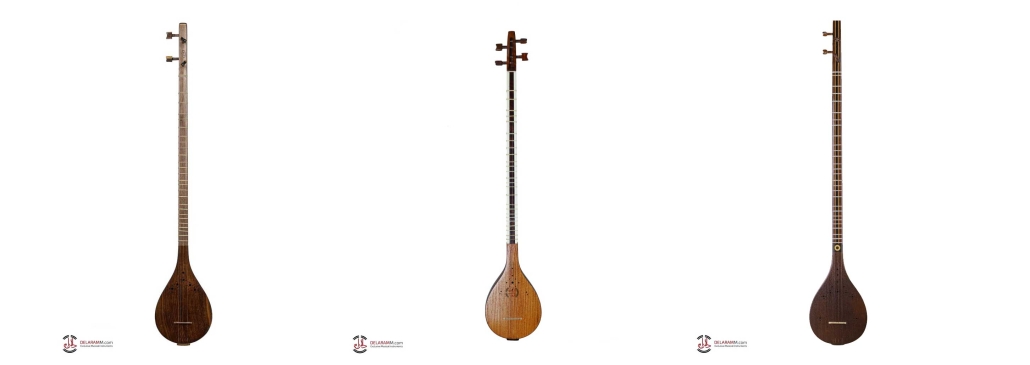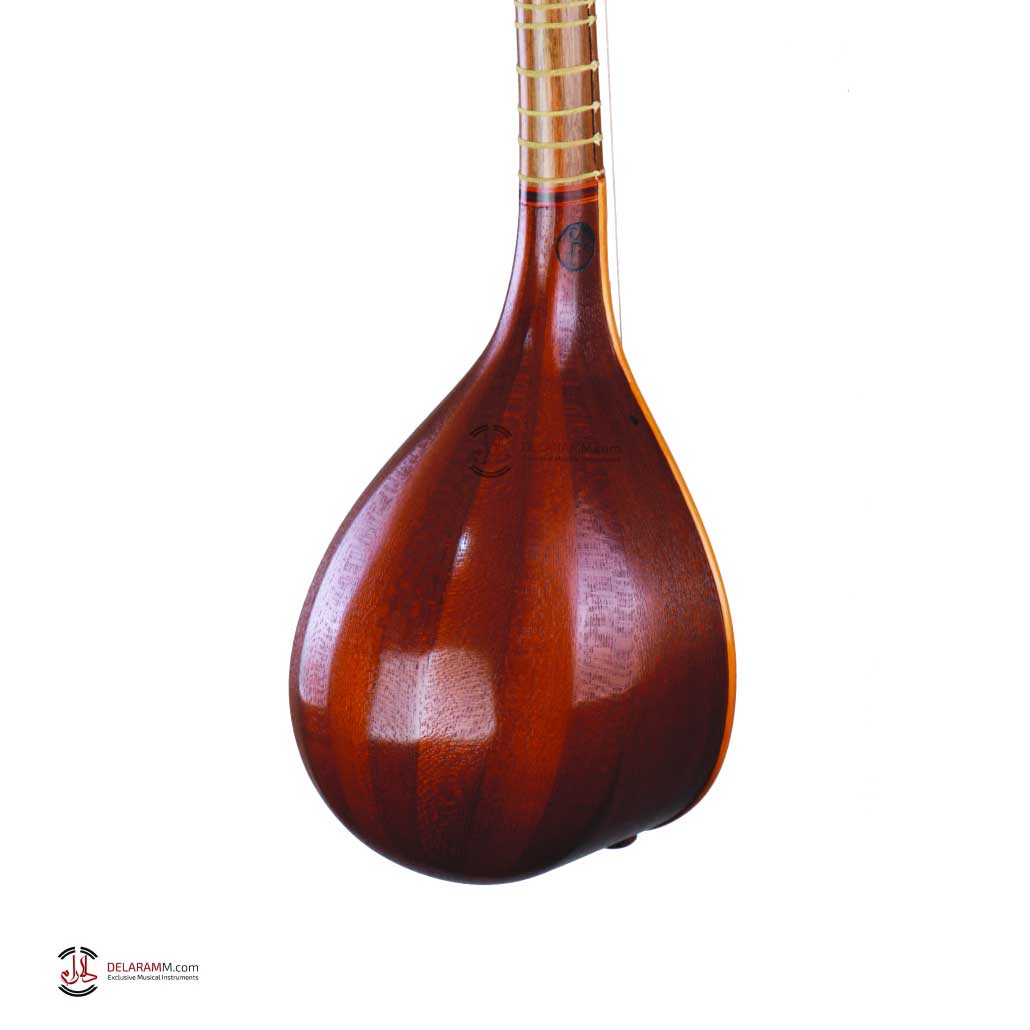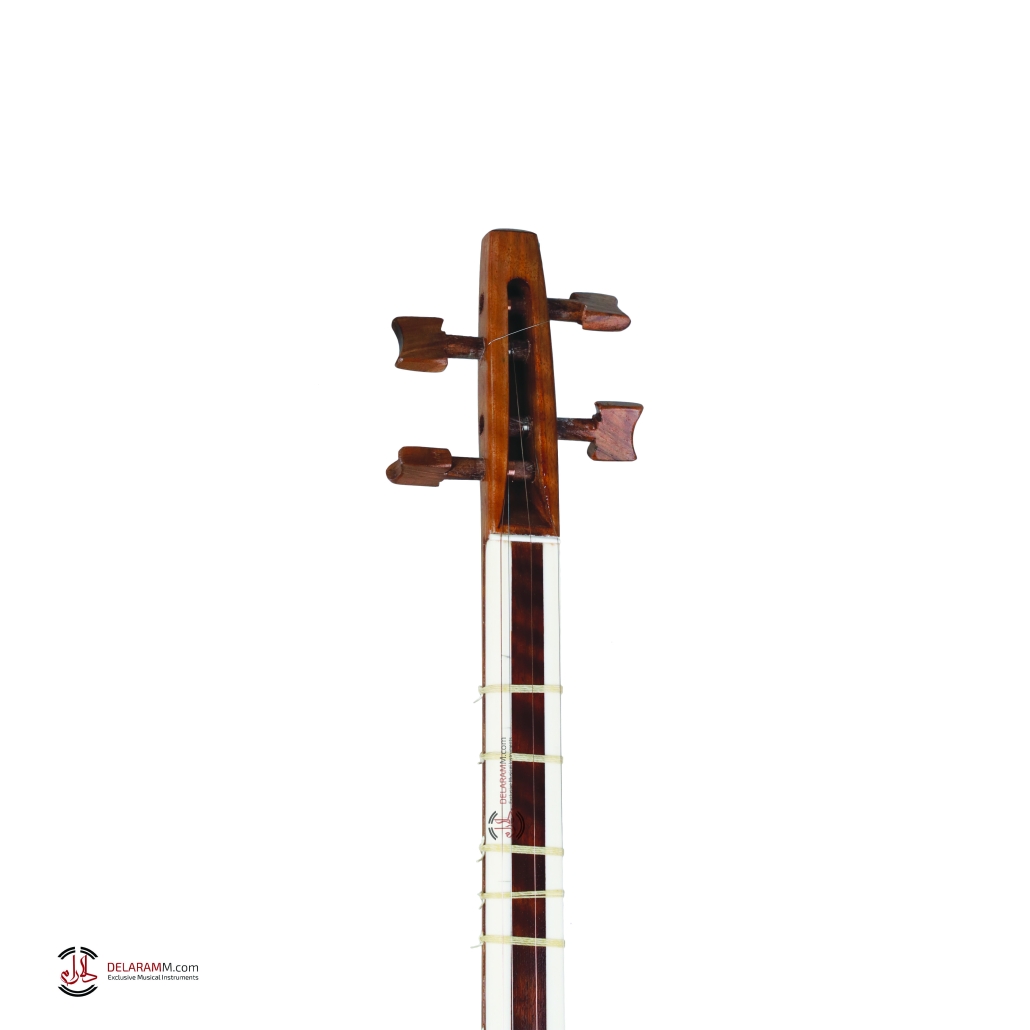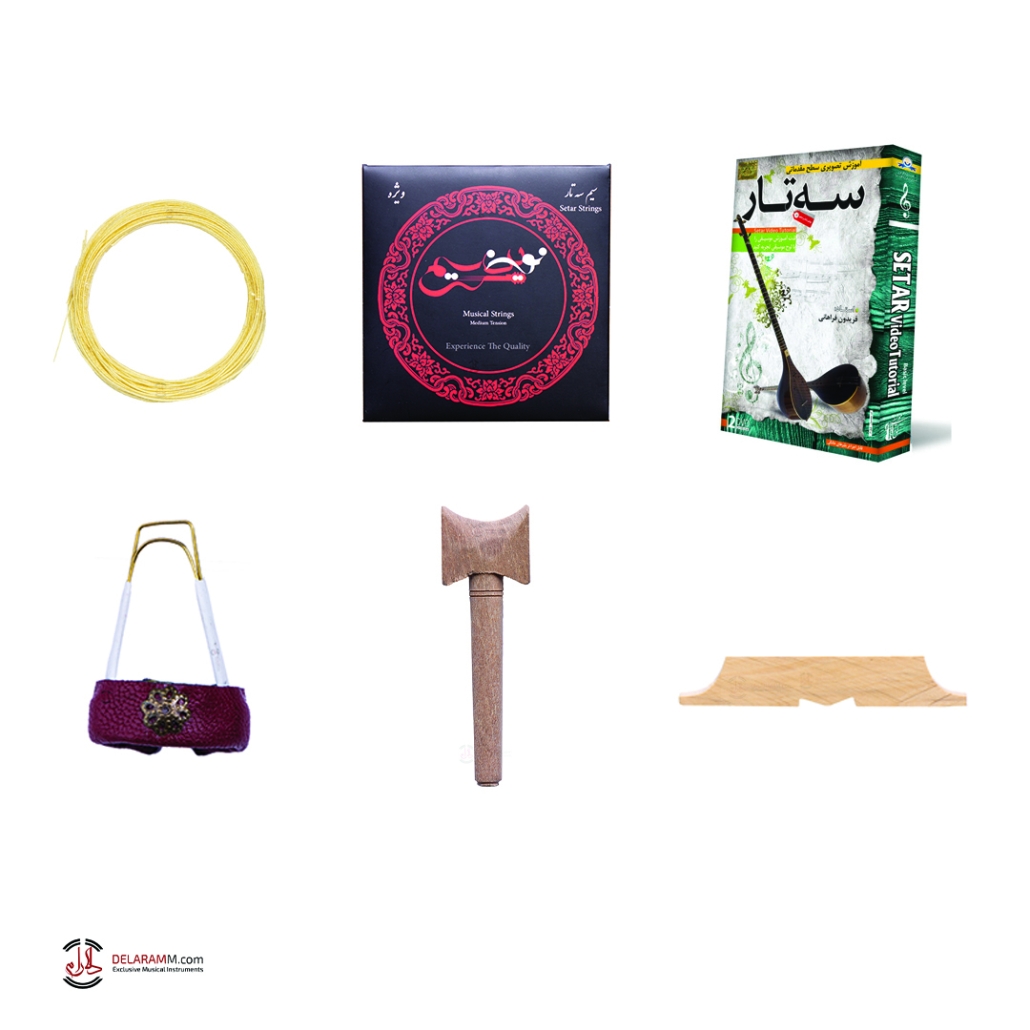The Ultimate Setar Buying Guide
If you’re new to Setars, it’s far easier to buy one with someone who knows what they’re all about. However, this is not always achievable, so it is critical to understand Setars and which type and qualities would suit you best. Purchasing a Setar differs from purchasing other stringed instruments as unlike many of them, Setars are handmade.
Three elements must be considered while determining the quality of a Setar. The music it generates should, first and foremost, be clear and appealing. Second, it should be easy to use, and last, the instrument should be beautiful.
Someone who is just learning and playing Setar does not require a professional or expensive one, and a training one will suffice. Before we get into the specifics of what makes a successful Setar, we’ll go over the various varieties and their applications.
Types of Setars
Instruments are often categorized as training, semi-professional, or professional. Training Setars are for people who have only recently begun learning Setar. Semi-professionals are typically appropriate for ordinary players. Professional Setars, on the other hand, are made of the highest quality woods, are professionally and finely carved, and are quite expensive. They are used for studio recordings and concerts. Setars are also available in three different sizes: small, medium, and large, making them suitable for a wide spectrum of players. You can visit Delaramm website to buy different types of Setar.
Sound
The most crucial aspect to consider is the sound produced by the instrument. It may have ornaments or be heavily colored, but what matters most is the sound it creates and how well you can perform the fingering skills. In general, the sound of an instrument is believed to link the most with its player, hence the musician’s characteristics will alter the sound it makes. Setar’s voice is naturally low, deep, and mysterious.
The sound produced throughout the lute needs to be harmonically consistent. As the instrument is being played on the frets, no discordant sounds should be heard. When played, the bass string should generate a smooth and natural tone. Also, the second string (Yellow String) should be distinct and clear. The sound produced by the strings must follow each other, and when performed collectively, the music should be coherent and the strings should be hardly discernible.
When you play a few notes on the Setar, whether with a pick or your index finger, the sound should have a lovely resonance. The sound quality, on the other hand, can be primarily modified by altering the Bridge and the Nut. The sound of the Setar should neither be so low that an amplifier is required to hear it nor should it be so high that it is distracting to both the player and the listener. Also, the sound should be clean and not strong and/or harsh, which means you shouldn’t hear other noises or tings when the instrument is performed. And it is important to keep in mind that the sound should be favorable to you.
Material
The quality of the materials of a Setar has a determining impact on its quality of sound, and of course, its price.
Wood
The best wood to be used to construct the bowl and the soundboard is mulberry wood.
Professionals believe that a Setar made of mulberry wood produces the best sound, so it is advised that you purchase a Setar made of this wood. Mulberry wood is yellowish in hue. Nonetheless, as we had mentioned in the Introduction to Setar article, the lute can also be made of walnut wood, which makes it weighty, and may not be suitably handled by many. Also, an instrument made of antique wood will perform considerably better and have a stronger reverberation. The older the wood, the higher the quality of the sounds it produces. It can be difficult to distinguish an antique wood from a new one that has been cooked to look like an antique, which is why it is critical to get your Setar from a reputable provider. Because the moisture in a younger wood has not been completely eliminated, it will distort and warp over time and will result in a change in the sound. However, like with other wooden instruments, the season in which you purchase your Setar is critical. Remember that the least distortion in wood occurs from the start of the Spring session until mid-summer.
– Walnut provides a warm, rich tone with excellent low-end presence.
– Mulberry is lighter and offers a bright, clear sound.
Wood Polish
There are a few things to remember concerning the wood polish as well. A Setar that has been heavily dyed may appear more attractive, but the quality of its sound will suffer as a result. This is why it is far preferable to use denatured alcohol on varnish or lacquer for the wood poolish.
Size and Weight
Finally, the size and weight of the setar are important for your comfort and ability to play for extended periods:
– Size: A setar’s size can affect its sound volume and portability. A larger setar usually offers more volume and a fuller sound, while a smaller one might be easier to handle, especially for younger players or those with smaller hands.
– Weight: Heavier setars are typically more robust and may provide richer sound quality due to the thicker wood used. However, they can be tiring to hold during long practice sessions. Lighter instruments are easier to handle but might not have the same sound depth as heavier ones.
Strings
The strings are typically constructed of steel, bronze, and brass, and they must be kept close to the lute so that when you play it, you don’t feel too much pressure on your fingers or the hardness of the strings. Please keep the lengths between the strings in mind. The Bam strings (the bass and drone strings) should be close together, with a perceptible space between them and the following string, the Yellow String. This distance between them should be in such a way that no one interferes with the fingering of the other string. And you should have no problems using the vibration technique.
Shape
When purchasing an instrument, it is critical that you understand its properties and elements. For further information about Setars, please see our Introduction to Setar article. The form of the instrument can also influence the sound it makes. Your major priority should be to be comfortable with your Setar. Generally, the instrument should be totally intact, with no glue or excess visible between the strings and the bridge.
-
Bowl
The bowl should be uniformly made, and how it is connected to the lute.
-
Lute
Although you should be able to comfortably handle the lute, it should not be excessively small or thick. In order to be useful, the weight of the lute should be appropriate for your hand, and you should be able to effortlessly slide your hand through it. A heavy lute will exhaust your hand and may warp, resulting in an unsuitable tone. When you buy a lute, it should not be distorted or warped. Pay attention to the spacing between the beginning and last strings of the lute along its length to ensure there is no obvious change. A conventional lute’s width also increases when it approaches the Bowl of Setar.
-
Frets
Inspect all of the frets for any evidence of glitches or degradation. They may become displaced as a result of playing or traveling, therefore keep an eye on them at all times since this will impact the sound your Setar creates, resulting in a dissonant sound. You can perform the readjustments on your own or ask an expert.
-
The Bridge
Because the bridge’s job is to hold strings and convey sound to the soundboard and eventually to the bowl, it must maintain a proportional position and be of reasonable height (about 7mm), and provide a suitable distance between the strings on it.
-
Soundboard
Little holes in the soundboard are required to provide a better and more composed tone. The soundboard typically has rays that are 2-4 mm apart and should be as little as possible. It is also believed that it is preferable if the surface’s bigger rays tend toward and parallel with the bass(bam) string.
-
Seal
Many Setar producers now have their own distinct seals that display their name or alias. Sealed Setars are usually more expensive than others and are often intended for specialists. When purchasing a Setar, however, you should not be concerned with the instrument’s seal. As said before, the most significant component of a Setar is its sound quality, which is defined by the quality of its materials and how much you can comfortably manage it.
Setar accessories
Remember to always handle your Setar with care. It is strongly recommended that you store your Setar upright in an appropriate hard or soft case with a moisture absorber inside. If you must travel with your Setar, you should put it in a case; otherwise, your Setar will be damaged or deformed. You can also purchase a performance pick. While Setars are typically played with the index finger and the sound is more delicate, you may not be able to or want not to. Picks for this function are available, and they are typically composed of metals or antlers.
Where to Buy Setars
Exploring where to buy a Setar can be as enchanting as the instrument itself. Whether you are a beginner eager to start your musical journey or a seasoned musician looking to add to your collection, knowing the best places to purchase a Setar can make all the difference.
Local Music Stores
Local music stores can be a great starting point when looking for a Setar. While not all music shops carry this traditional Persian instrument, those specializing in world or ethnic musical instruments, like Delaram Music Corp in North Vancouver, might offer a selection. Shopping in person allows you to physically handle and test the Setar before you buy it. You can also benefit from the advice of experienced staff, such as those at Delaram Music Corp, who can guide you based on your playing skills and needs.
Online Retailers
The convenience of online shopping makes it another popular choice. Websites like Amazon, eBay, and specialized musical instrument platforms often feature a variety of Setars. You can read customer reviews, compare prices, and view detailed product descriptions and pictures. However, the downside is that you cannot test the instrument before purchasing it, so you have to rely largely on the credibility of the seller and previous buyer experiences.
Setar Maintenance Tips
Maintaining your Setar is crucial for ensuring its longevity and preserving its beautiful sound. Here, we’ll go over some essential tips on how to keep your instrument in top condition.
Proper String Maintenance
The strings of a Setar are delicate and require regular attention to maintain their tone and prevent breakage. Here are a few tips:
– Regularly check for signs of wear or corrosion and replace strings as necessary. It’s typical to change strings every three to six months depending on usage.
– Use a soft, dry cloth to gently wipe down the strings after each use. This removes oils and dirt that can corrode the strings over time.
– Avoid using chemical cleaners as they can damage the strings and the wood of the Setar.
Humidity Control
Wooden instruments like the Setar are particularly sensitive to changes in humidity and temperature, which can lead to warping or cracking. To protect your Setar:
– Try to maintain a consistent humidity level in the room where you store your Setar. Ideal humidity levels should be between 40% and 60%.
– Use a room humidifier or a humidity control system in your instrument case, especially during dry seasons or in arid climates.
– Never store your Setar near a heat source such as a radiator, as this can dry out the wood and lead to cracks.
Cleaning and Polishing
Keeping your Setar clean not only helps it look great but also preserves the quality of its sound. To properly clean and polish your Setar:
– Dust the instrument gently with a soft, lint-free cloth. Avoid using feather dusters as they can leave scratches on the wood.
– For deeper cleaning, slightly dampen a cloth with water and wipe down the Setar carefully. Make sure the cloth is not too wet as excess moisture can damage the wood.
– Polish your Setar with a product specifically designed for use on musical instruments. Apply a small amount of polish to the cloth, not directly on the instrument, and rub it in with circular motions.
Frequently Asked Questions (FAQs)
Hoping to clear up some common queries about Setars? Let’s dive into some frequently asked questions.
How to Tune a Setar?
Tuning a Setar can seem daunting to beginners, but with practice, it becomes a simple routine. Here’s a basic guide:
– The Setar typically has four strings. Standard tuning from left to right is C, C, G, C. The two middle strings are tuned an octave apart.
– Use a digital tuner for accuracy. Clip it onto the body of the instrument and pluck each string, adjusting the tension until the tuner indicates the correct note.
– Regularly check the tuning before playing as the strings can easily go out of tune, especially if the Setar is new or the strings have been recently changed.
Can I Learn to Play Setar Online?
Absolutely! There are numerous resources available for learning how to play the Setar online. You can find:
– Video tutorials on platforms like YouTube.
– Online courses offering structured learning paths from beginner to advanced levels.
– Virtual lessons with experienced teachers via video call platforms.
Starting with online resources is a great way to dip your toes in and see if the Setar is the right instrument for you.
Are Setars Expensive?
The price of a Setar can vary widely based on factors such as craftsmanship, materials used, and the reputation of the maker. Generally:
– Beginner instruments can range from $100 to $300.
– Intermediate Setars are typically priced between $300 and $700.
– Professional-grade instruments can cost $700 and upwards, sometimes significantly more depending on the intricacy and prestige of the construction.
Whether you’re a beginner looking for your first instrument or a seasoned musician seeking a high-quality Setar, understanding these aspects will help you find the right Setar to fit your needs and budget.
Conclusion: Your Guide to Purchasing the Perfect Setar
Making the right choice when buying a setar means finding a harmony between quality, playability, and your personal aesthetic preferences. Remember to take your time and consider all the features that are important to you – from the type of wood and number of frets to the intricacies of the craftsmanship. It might be tempting to rush into a purchase, but a carefully chosen setar can bring years of musical joy. Reach out to experts, consult other musicians, and most importantly, trust your instincts. Your perfect setar is out there, waiting to resonate with your music soul!

